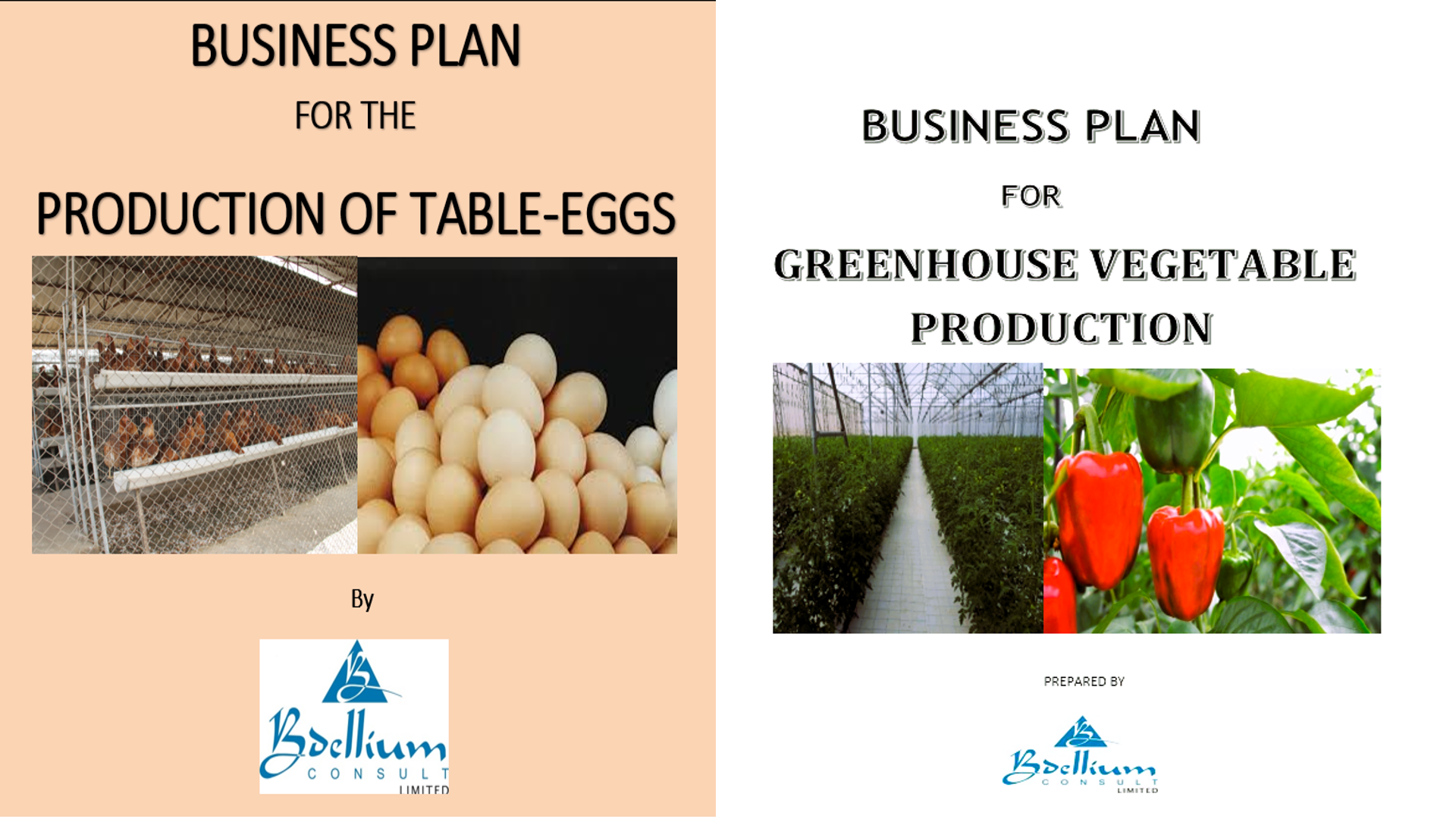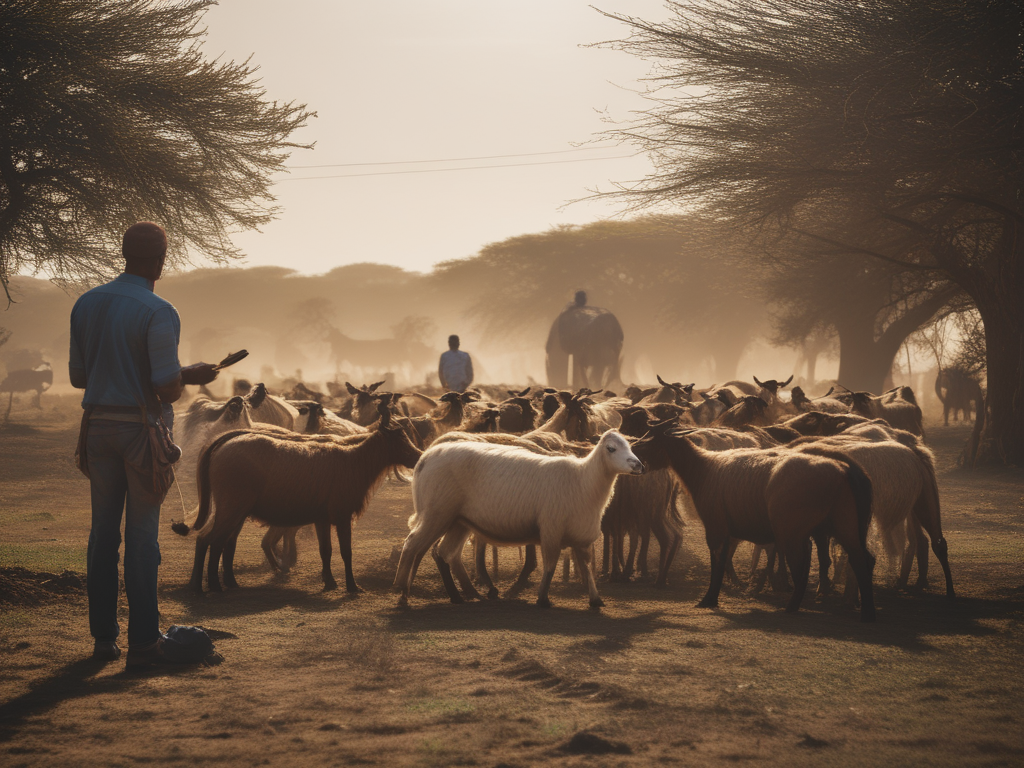As the cost of inputs in animal agriculture continues to rise, farmers and agribusinesses face increasing pressure to maintain profitability and sustainability. However, strategic actions can help navigate these challenges effectively. This article explores practical and innovative strategies that farmers in Nigeria and across Africa can implement to mitigate the impact of rising input costs and ensure long-term success in their livestock operations.
1. Adopting Precision Farming Techniques
Precision farming involves using technology to monitor and manage livestock more efficiently. This approach can significantly reduce costs by optimizing feed usage, enhancing animal health, and minimizing waste. For instance, using GPS tracking and RFID tagging, farmers can monitor the movement and health of their animals in real-time, ensuring timely interventions and reducing the need for expensive treatments. In Kenya, the use of digital platforms like iCow has enabled dairy farmers to receive timely advice on feeding schedules, veterinary care, and market prices, leading to increased productivity and reduced costs.
2. Utilizing Alternative Feed Sources
The high cost of traditional animal feed is a significant burden for many farmers. Exploring alternative feed sources can be a cost-effective solution. For example, integrating agro-industrial by-products such as brewers’ spent grain, cassava peels, and maize bran into animal diets can reduce feed costs without compromising nutritional value. In Nigeria, the use of cassava peels and grits as livestock feed has gained popularity. The International Livestock Research Institute (ILRI) has developed a process to convert cassava peels into high-quality feed, reducing feed costs by up to 50% for local farmers. Also the Professor Funso Sonaiya led poultry value chain of federal government’s ATA developed and promoted the use of cassava grits as upto 25-30% replacement for maize in poultry diets
3. Implementing Sustainable Farming Practices
Sustainable farming practices not only help in reducing costs 1but also ensure the long-term viability of farming operations. Techniques such as rotational grazing, integrated pest management, and organic farming can improve soil health, reduce dependency on chemical inputs, and enhance productivity. In Uganda for example, farmers practicing rotational grazing have reported improved pasture quality and animal health. This method allows pastures to recover, reducing the need for supplementary feeding and veterinary costs.
4. Collaborative Farming and Cooperative Models
Forming cooperatives and collaborative farming models can provide farmers with better bargaining power, access to bulk purchasing, and shared resources. By pooling resources, farmers can reduce the cost of inputs such as feed, veterinary services, and equipment. The East African Dairy Development (EADD) project has successfully implemented cooperative models in Kenya, Uganda, and Tanzania. These cooperatives have enabled dairy farmers to access better quality feed, veterinary services, and training, resulting in increased milk production and reduced costs.
5. Leveraging Government and NGO Support
Farmers should actively seek support from government programs and non-governmental organizations (NGOs) that offer subsidies, grants, and training programs. These initiatives can provide financial relief and equip farmers with the skills and knowledge needed to adopt cost-saving practices. The Nigerian government, through the Central Bank of Nigeria’s Anchor Borrowers’ Programme, has provided financial support to livestock farmers, enabling them to access affordable inputs and improve their productivity.
Conclusion
Navigating the rising costs of inputs in animal agriculture requires a combination of innovative practices, strategic collaborations, and leveraging available support. By adopting precision farming techniques, utilizing alternative feed sources, implementing sustainable farming practices, forming cooperatives, and seeking government and NGO support, farmers in Nigeria and across Africa can mitigate the impact of rising costs and ensure the sustainability of their livestock operations.
These strategies not only reduce costs but also enhance productivity and profitability, making them invaluable for farmers striving to thrive in the face of economic challenges. By staying informed and proactive, farmers can turn these challenges into opportunities for growth and success in the dynamic field of animal agriculture.
Unlock Your Agricultural Potential!
Discover expert guidance, templates, and checklists for successful agribusiness ventures. SIGN UP NOW: To get latest updates in agribusiness and receive two of our invaluable Business Plans For FREE. Click on: Https://Lajaadesina.Systeme.Io/F52bcbd8-D0afc701



